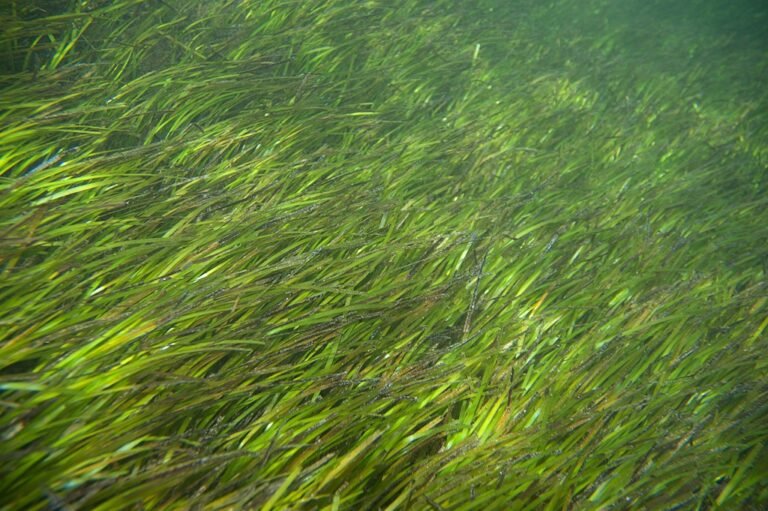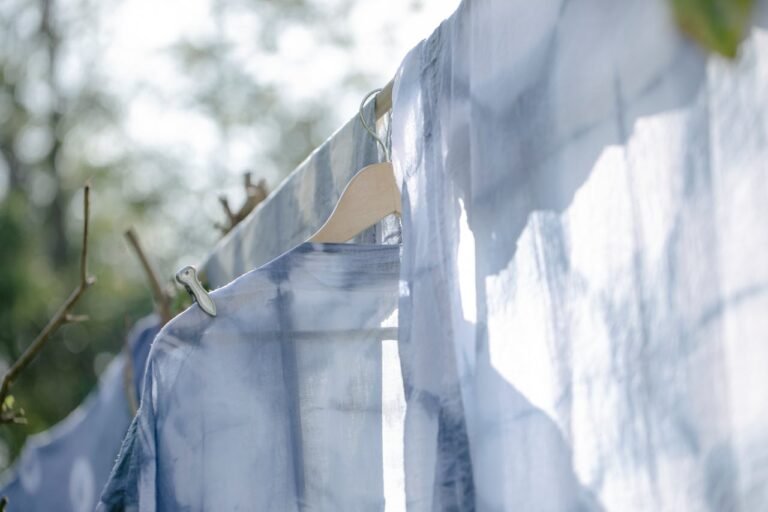Bath vs. Shower: Which Is More Eco-Friendly?
Every time we step into the bathroom, we make choices that add up. A single hot bath can feel indulgent and restorative; a quick shower feels practical and fast. But which one is truly kinder to the planet — and to your bills? This article brings together hard numbers, recent studies, real people’s experiences from crisis zones, and expert advice so you can choose with both conscience and common sense. According to the U.S. Environmental Protection Agency (EPA), there are big differences in the water and energy used by baths and showers, and those differences depend heavily on how long you shower and what fixtures you use.

The evidence — water, energy and carbon
When people compare baths and showers, they usually mean three things: litres (or gallons) of water used, energy needed to heat the water (and the resulting carbon emissions), and any indirect impacts from products or behaviours. The simplest headline number is water volume: a full bathtub typically uses far more water than a short shower.
According to a widely quoted EPA figure, a standard bathtub filled to the brim can use roughly 70 gallons (about 265 litres), while a five-minute shower can use between 10 and 25 gallons, depending on the showerhead. Stated plainly: short showers usually use less water than a full bath, but long or high-flow showers quickly reverse that advantage.
Average shower behaviour matters. In the U.S., the 2016 Residential End Uses of Water study — summarised by Home Water Works — found the typical American shower lasts about 7.8 minutes at an average flow rate of roughly 2.1 gallons per minute (about 7.9 L/min), which works out to around 15.8 gallons (≈60 litres) per shower. That means many domestic showers already sit in the same ballpark as a short bath unless they are kept very brief or use low-flow heads.
Water is only half the story — heating it is the other half. According to the Energy Saving Trust, heating water can account for a meaningful slice of household energy use: in the UK, for example, roughly 12% of an average household’s energy bill is used to heat water. Whether your water is heated with gas, electricity, or a heat pump changes the carbon math dramatically, but the rule of thumb is consistent: the more hot water you use, the more energy you consume and the more greenhouse gases you emit (unless your home’s electricity is fully renewable).
A growing body of academic and sector research makes the same point: flow rates and behaviour are decisive. A 2019-style analysis of baths and showers found that energy and CO₂ differences are tied to the temperature of the water, the shower flow rate, and how often people choose one option over the other, not to the fixture alone. In other words, an eco-minded person can have a lower footprint with either a shower or a bath if they adjust their behaviour and equipment.
Below is a short, simple comparison table with widely used baseline numbers so you can visualise the scale of difference (these are typical ranges, not absolute rules):
| Typical routine | Water used (litres) | Notes |
|---|---|---|
| Full bath (typical home) | ~150–265 L | Many baths are partially filled; larger tubs use much more. According to EPA/industry figures. |
| Short shower (5 min, low-flow 7.6 L/min) | ~38 L | Low-flow heads dramatically reduce consumption. According to WaterSense/EPA guidance. |
| Average shower (7.8 min, 7.9 L/min) | ~60 L | Average US behaviour from home-water-works.org 2016 study. |
| Power shower/long shower (10–15 min, high flow) | 100–200+ L | Many modern “power” showers exceed bath volumes. Observed in multiple consumer reports. |

Real people, city case studies and expert voices
Numbers are important, but real-world crises show how behaviour changes under pressure. Cape Town’s “Day Zero” drought in 2017–2018 is a clear example: municipal campaigns, workshops and even music were used to force rapid change in household routines. Residents reported practical shifts — shortened showers, using buckets to catch greywater for flushing, and switching to dry shampoo or less frequent washing — and these measures materially cut urban water use.
Academic case studies of household responses during Cape Town’s restrictions document how rapidly routines changed when the risk was understood. A report by academic researchers found that staged demand restrictions plus public campaigns led to substantial reductions in per-capita use during 2017–2018.
Personal testimony from that period is striking. One resident told a reporter: “There’s a bucket in the shower to catch grey water, then you use that water later to flush the toilet.” That small, practical adaptation is a real example of how people find resourceful ways to use less water when the situation demands it.
Experts and NGOs focusing on water efficiency emphasise the same two levers: reduce volume (shorter showers, lower flow) and cut temperature when you can (warm, not scalding). The EPA’s WaterSense program estimates that replacing one older showerhead with a WaterSense-labelled model saves the average family about 2,700 gallons (≈10,200 L) of water per year, with additional energy and money saved from heating less water. That’s a concrete, evidence-backed way to lower both water and carbon footprints without changing habits too radically.
Journalists and consumer experts point out a tricky habit effect: many people compensate for low-flow heads by staying in the shower longer, or they choose power showers for comfort, which can erase any gains. Conversely, the “Navy method” or the simple two-minute challenge used in various campaigns (most famously in Cape Town) shows that social nudges, timers and small incentives can reliably shorten showers across whole communities. Recent reports by The Guardian and water sector commentary continue to recommend behavioural nudges because they scale.

What works — practical advice you can use today
If your goal is to be more sustainable, the answer is not an absolute ban on baths or showers. It’s to pick the option and the details that reduce water, plus the energy to heat it. First, treat time and flow as the master variables: a long, powerful shower can use as much or more water than a bath, while a short shower with a low-flow head will almost always beat a full bath on pure water use.
Second, upgrade your fixtures if you can. Installing a WaterSense (or similar) low-flow showerhead is one of the easiest, most cost-effective switches. The EPA estimates a typical household saves thousands of litres a year per replaced head, and those litres translate into measurable energy savings (and lower bills) because there is less hot water to heat.
Third, change small habits that add up. Try the two-minute or Navy method (turn water off while soaping and only run to rinse). Use a simple timer or a two-minute song. If you love baths for relaxation, save them for once or twice a week and only partially fill the tub. Consider re-using bath water for garden tasks where safe and appropriate (check local guidance) or capture shower greywater for non-potable uses — practices that communities used effectively during the Cape Town emergency.
Fourth, look at the heating system. If your hot water comes from electric resistance heating, every litre of hot water has a higher carbon intensity than if it comes from a low-carbon electricity grid or a heat pump. If you’re renovating, a high-efficiency water heater or a heat-pump water heater can cut the carbon and cost of hot water across all uses — baths or showers. Energy Saving Trust guidance and consumer energy reporting explain how water heating fits into household energy bills.
Finally, be mindful of context. In water-stressed regions (and many places now face rising scarcity), the local footprint of a bath is higher than in areas with abundant water but carbon-clean grids. That means the “greener” choice can differ by place: where water is scarce, minimise volume; where electricity is carbon-intensive, minimise hot water or switch to low-carbon heating. Research into behavioural responses and civic campaigns shows that places with clear rules and public messaging see rapid adoption of water-saving behaviours; when communities work together, results add up quickly.
Conclusion
If you want a short takeaway: a brief shower with a low-flow head is the simplest, most reliable way to reduce both water and energy use compared with a full bath. But if a bath is how you relax and recharge, make it occasional and don’t fill the tub to the top. Combine small habit shifts (shorter showers, timers, Navy method) with low-flow fixtures and smarter water-heating choices, and you’ll make the bathroom one of the easiest places in the house to cut both water waste and carbon emissions.







